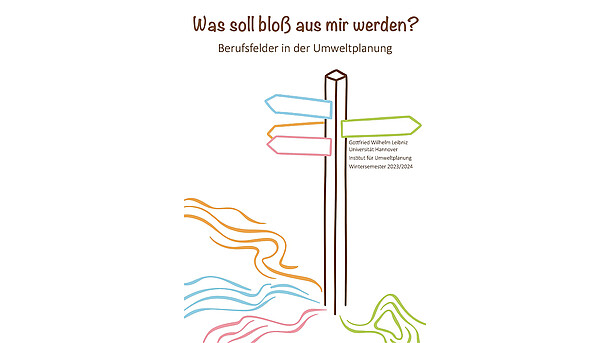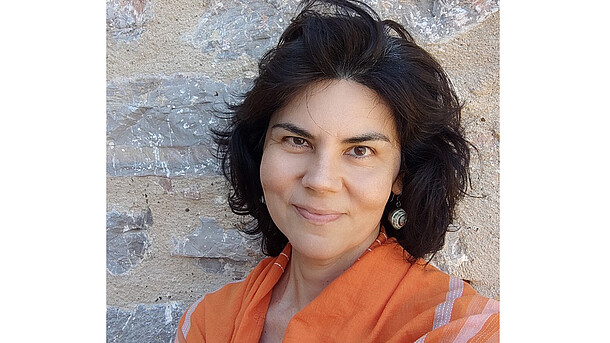Women in nature conservation – without a history?
That is what comes to mind when we look back at a century of nature conservation in Germany. Apparently no women were involved in the development of organised nature conservation. But is it true that women did not contribute to nature conservation as we know it today?
But history is not just what we read in historical reports.
Whoever writes history also evaluates and selects – consciously and unconsciously. Thus far the names, activities and influence of women in nature conservation have been left out. The first step must be to bring the contributions of women to light. The traces presented here provide some insights into the political structures and subject areas that middle-class women were involved in from the turn of the century to 1933.
Between involvement and exclusion
In that era conditions for women’s involvement in nature conservation were not easy. Middle-class women in the German empire had limited opportunities to experience nature, for the following reasons:
- Due to the social roles at the time, a woman’s field of activity was temporally and spatially tightly restricted to the home and family.
- Full-length dresses, corsets and long heavy hair made free outdoor movement difficult.
Slowly at first, then more quickly after World War I, things began to change and women could relate more actively with public spaces and natural landscapes.
At the same time legal changes were introduced into politics and education, although the general conditions for public involvement of women were still quite different from those of men:
- There were only a small number of secondary schools for girls, and it was not until the beginning of the 20th century that universities generally accepted female students.
- Professional training or university studies for women – especially in a subject not related to education or nursing -- was socially considered to be too expensive and superfluous.
- During the Weimar Republic married women who were employed, so-called “double earners,” could be fired on the spot to create jobs for men.
These conditions made it difficult for women to get involved in activities outside the home, and influenced their roles in nature conservation.
Traces of female conservationists
Despite these difficult conditions, female conservationists could be found everywhere in the period from 1900 to 1933:
Only a few women were members of nature conservation associations because most of these were occupational associations. But two associations at the time did openly invite members from a broad public, including women. They were:
- The Association for the Protection of Birds (Bund für Vogelschutz, BfV; now NABU), founded in 1899.
This was the only association founded by a woman, Lina Hähnle. Its board of directors had both male and female members and 40% of local groups had female leadership. - The Public League for Nature Conservation (Volksbund Naturschutz), founded in 1922.
This association was developed with the help of Margot Büttner, and from its founding had many female members. They were particularly conspicuous among participants in the German Nature Conservation Days.
When it came to official public nature conservation there was a much stronger orientation towards professional qualification and political position, and women were rarely found in leading or scientific jobs. They worked instead as clerks, librarians or non-scientific assistants. In these positions they could work for nature conservation, some in close cooperation with directors or commissioners in official posts.
Because of their limited opportunities for professional involvement in nature conservation, women looked for options outside existing structures, working through other professions, for example as writers or painters. Others acted as private individuals, and then mostly in a specific geographic area.
The five women introduced here through brief biographies are examples of many other active women, as yet unknown. Their involvement challenges the current history and presentation of nature conservation in Germany.
In the future, the treasure of almost one hundred years of experience must be used – through the analysis of the histories of both men and women. For their differing daily experiences shaped their understanding of nature conservation, defining its specific content and direction.
The present potential of nature conservation as well as the scope and limitations of its approaches can only be assessed through historical comparison.
For some are in the dark
And others in the light
And you see the ones in brightness
Those in darkness drop from sight. (Berthold Brecht)
Text: Marlies Dittberner, Roswitha Kirsch-Stracke & Dagmar Krüger (1997)
Translation and Editing: Sabine Dentler (Bonn), Anna Gyorgy (WLOE e.V., www.wloe.org) (2008)





